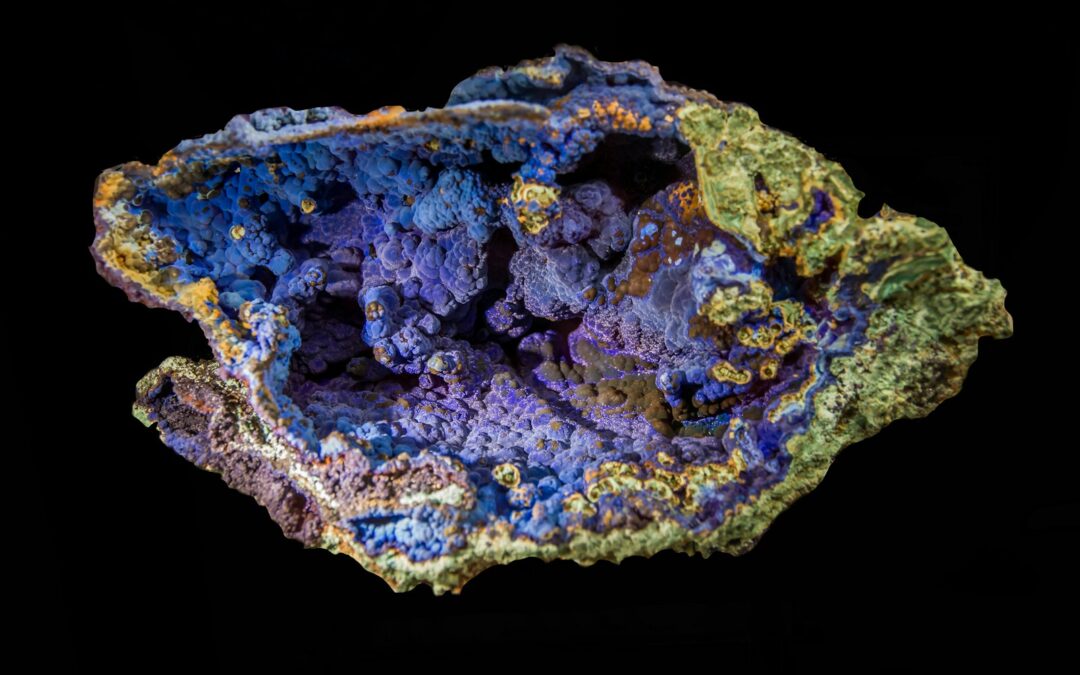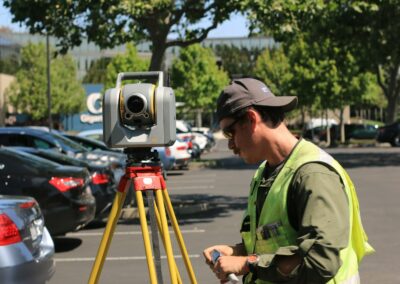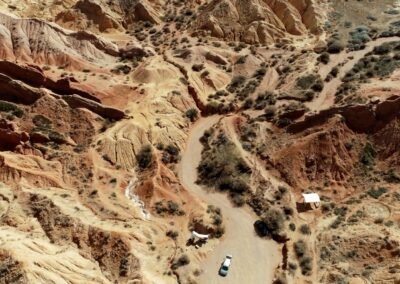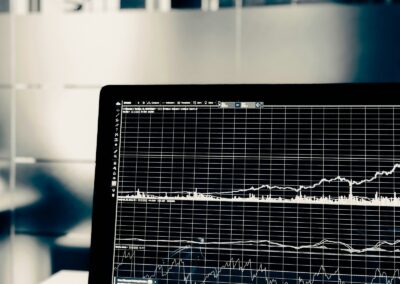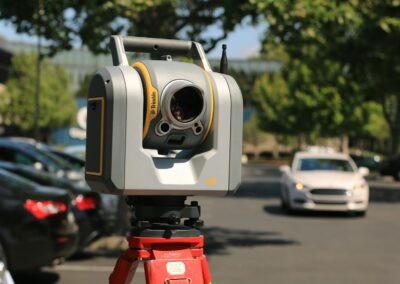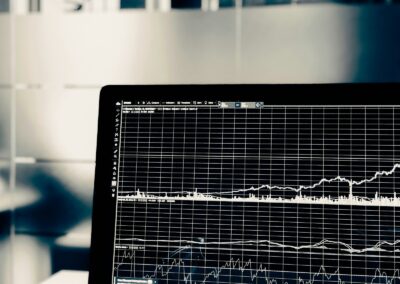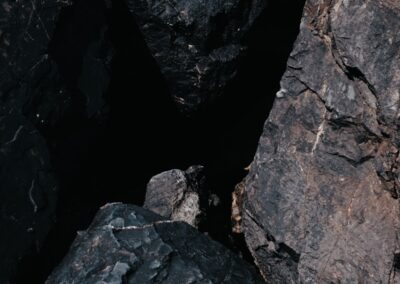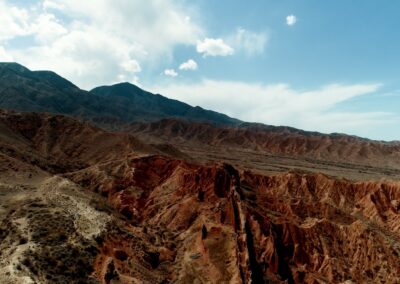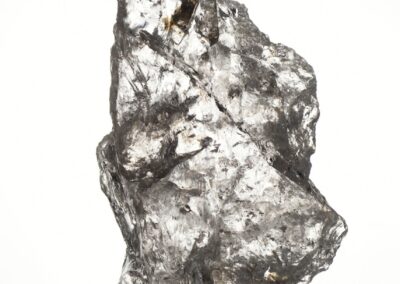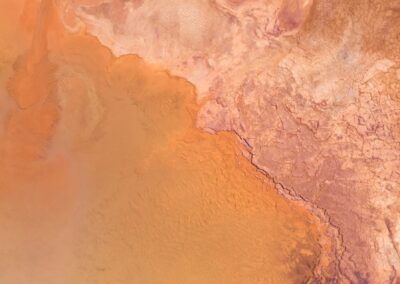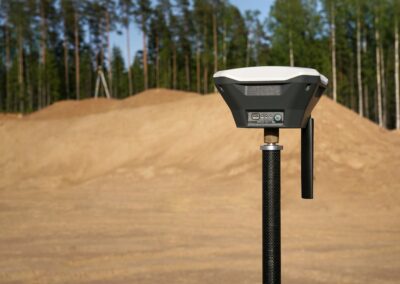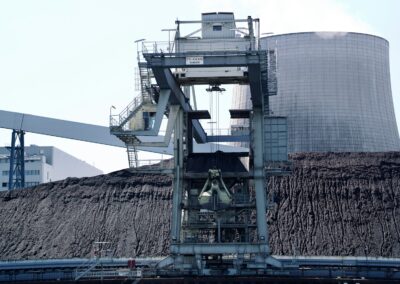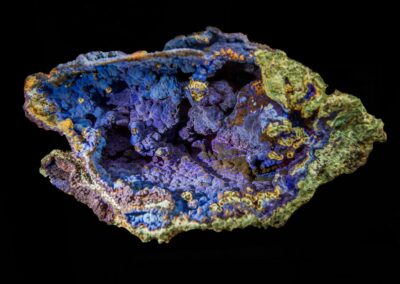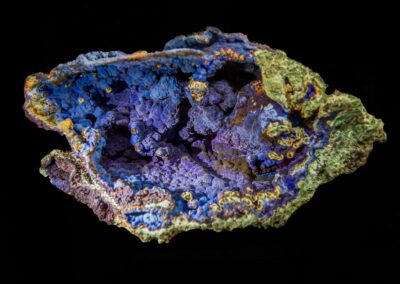Exploring the Depths: The Role of Seismic and Magnetic Surveys
Geophysical survey techniques such as seismic surveys and magnetic surveys are critical tools in modern mineral exploration strategies. These methods employ advanced technologies to map geological structures beneath the Earth’s surface and identify anomalies that may signify mineral deposits. In regions like Saudi Arabia and the UAE, where natural resource exploration is a key economic driver, these techniques play a pivotal role in optimizing exploration efforts and maximizing resource potential.
Seismic Surveys: Peering Beneath the Surface
Seismic surveys involve generating controlled seismic energy (such as explosions or vibrations) and recording the time it takes for the energy waves to bounce back from different rock layers. This data helps geophysicists create detailed images of subsurface structures, revealing potential oil, gas, or mineral reservoirs. In arid landscapes typical of regions like Riyadh and Dubai, seismic surveys provide invaluable insights without extensive environmental disruption, making them ideal for sustainable resource exploration.
Magnetic Surveys: Detecting Magnetic Anomalies
Magnetic surveys measure variations in the Earth’s magnetic field caused by magnetic minerals associated with ore bodies. By mapping these anomalies, geologists can pinpoint areas with heightened mineralization potential. This technique is particularly effective in areas where ore bodies contain magnetic minerals, aiding in the efficient allocation of exploration resources and reducing exploration risks.
Integration of Geophysical Data in Exploration Strategies
For business executives, mid-level managers, and entrepreneurs in the UAE and Saudi Arabia, integrating geophysical survey data into exploration strategies enhances decision-making processes. AI and Blockchain technologies further augment these efforts by providing advanced analytics and secure data management solutions. This integration not only accelerates the discovery of new mineral resources but also optimizes operational efficiencies and mitigates environmental impacts.
Harnessing Technology for Sustainable Development
The adoption of Artificial Intelligence and Blockchain in geophysical surveying underscores a commitment to sustainable development goals. By leveraging these technologies, companies can achieve higher accuracy in exploration targeting, minimize ecological footprints, and ensure regulatory compliance. This approach not only benefits local economies through job creation and infrastructure development but also establishes a foundation for long-term resource stewardship.
Future Trends and Innovations
The future of geophysical surveying in the UAE and Saudi Arabia is poised for continuous innovation. Emerging technologies such as The Metaverse and Generative Artificial Intelligence promise to revolutionize data interpretation and visualization, further enhancing exploration efficiency and accuracy. As these advancements unfold, businesses can anticipate greater success in navigating complex geological challenges and unlocking the full potential of their mineral resources.
Enhancing Resource Allocation and Investment
Effective resource allocation is a cornerstone of successful mineral exploration. Geophysical surveys provide detailed insights into the subsurface, helping companies target areas with the highest mineral potential. By leveraging advanced data processing algorithms and machine learning, geophysicists can analyze large datasets to identify subtle geological indicators that may go unnoticed with traditional methods. This precision not only optimizes exploration investments but also reduces the time and costs associated with prospecting, offering a competitive edge in the dynamic mineral exploration market.
Supporting Regulatory Compliance and Environmental Sustainability
In the context of stringent environmental regulations in the UAE and Saudi Arabia, geophysical surveys play a crucial role in ensuring compliance with environmental standards. By accurately mapping subsurface structures and potential hazards, companies can proactively mitigate risks associated with exploration activities. This proactive approach not only safeguards natural habitats and local communities but also fosters trust and credibility among stakeholders. Furthermore, the adoption of sustainable practices in mineral exploration contributes to the broader goal of environmental stewardship, aligning with global initiatives for a greener future.
Optimizing Data Management with AI and Blockchain
The integration of Artificial Intelligence and Blockchain technologies in geophysical surveying not only enhances data accuracy and reliability but also ensures secure and transparent data management. AI algorithms analyze vast amounts of geophysical data, extracting meaningful insights that guide decision-making processes in mineral exploration. Blockchain, with its decentralized and immutable ledger, provides a secure platform for storing and sharing geospatial data, fostering collaboration among stakeholders while safeguarding against data tampering. Together, these technologies empower businesses in Saudi Arabia and the UAE to streamline exploration operations, reduce operational risks, and optimize resource allocation for sustainable development.
#GeophysicalSurveying #MineralExploration #AI #Blockchain #TheMetaverse #UAE #SaudiArabia #Riyadh #Dubai

